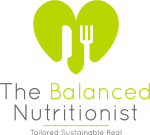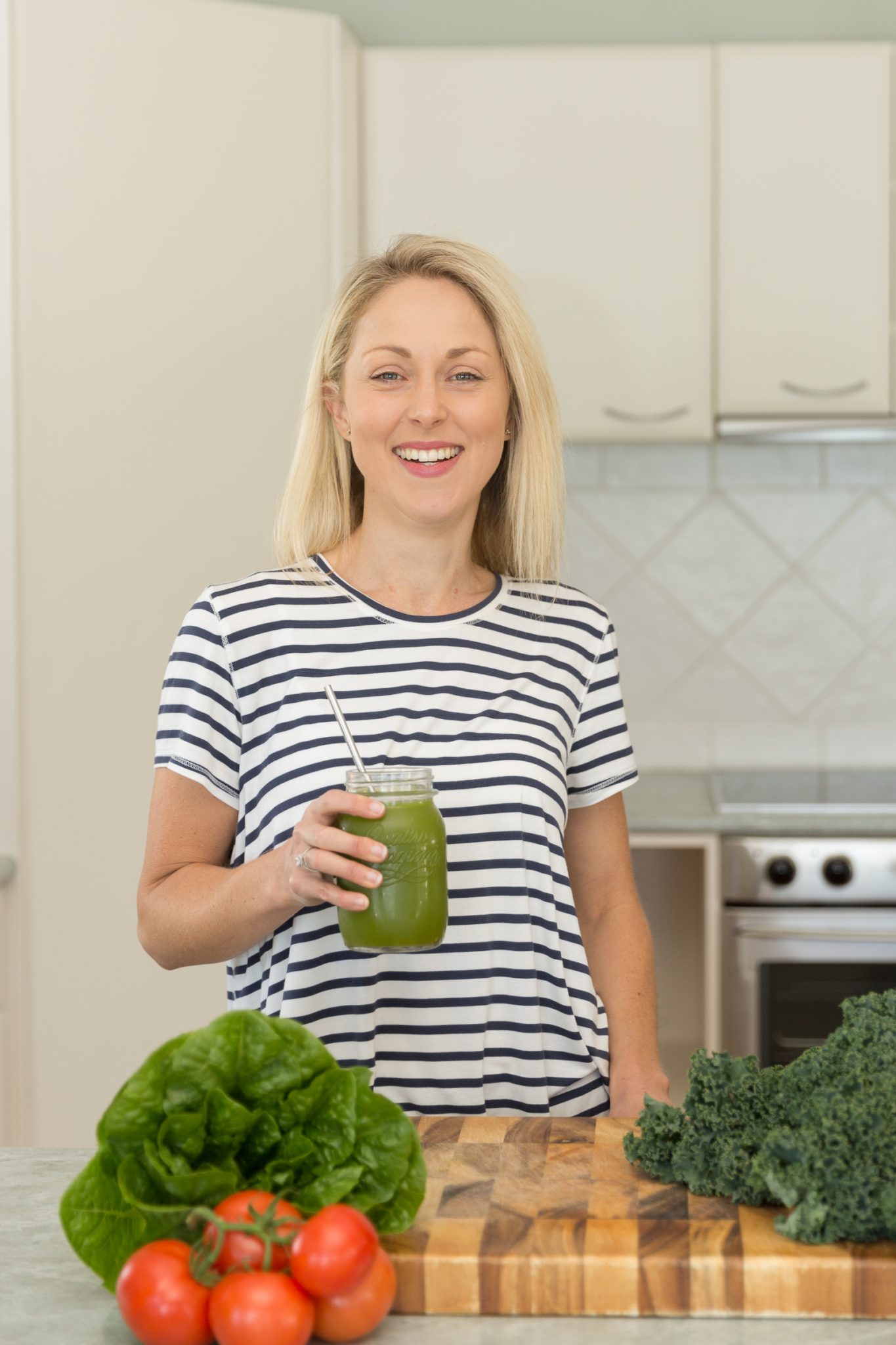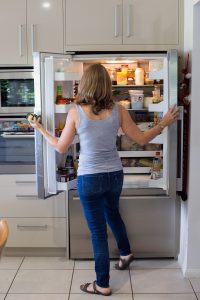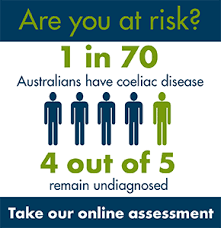Osteoporosis due to poor bone health is a significant global, public health concern with over 200 million sufferers worldwide. Like so many chronic diseases, these statistics could be slashed significantly if good nutrition and lifestyle practices were prioritized throughout life. With world Osteoporosis Day approaching I was asked to speak on bone health and nutrition on radio and I’ve summarized the points I made in that interview below.
First though, let me emphasis that the adolescent years are the most important for building strong bones and therefore the below nutritional and lifestyle strategies are critical from a young age. So boot your preteens out the door and get them moving and eating good food. There are no excuses. It is worth the arguments. It is worth reversing the disease epidemic. We must take responsibility and start making some serious changes to how we are all doing life. Clear?
Bone mass then peaks at around 25-30 years and begins declining from then on.
Post menopause, women’s bone mass will decline more rapidly due to lowered circulating estrogen levels, but men are also at risk of the condition. Here are 10 considerations for building bone mass in the first place (i.e. during adolescents) and then slowing the rate of decline as we age. These strategies may also assist those who have already been diagnosed with osteoporosis.
1. Calcium: We always talk about calcium when bone health comes up and I think the dairy industry has made it quite clear that milk is a great source . But if you can’t chug down 3 glasses of milk per day (which many won’t stomach), cheese and yoghurt are also good sources, with about the same amount of calcium per 100g. However, other sources of calcium that belong in everyone’s diet also include green leafy vegetables, dried figs, almonds, sesame seeds and sesame spread (tahini) and bony fish. Think sardines on toast.
2. Enough about calcium, we bang on about that enough. And calcium is pretty useless without good vitamin D levels. Yes, useless. Because the absorption of calcium into the body is dependent on vitamin D transport mechanisms in the gut. (1). Not much point chugging down calcium if it can’t be absorbed right? Food sources include animal fats like egg yolk and oily fish but really, we need to be balancing our ‘sun smart’ attitude with a healthy dose of UV. We can synthesis vitamin D in the skin with a dose of sunshine – about 10-20 minutes each day when the sun is shining fairly high in the sky. Fancy eating your lunch outside instead of at your desk?
Note: I don’t think its a coincidence that countries with the biggest burden of osteoporosis also have significant smog issues i.e. Hong Kong, India, Singapore and China.
3. So we’ve ingested calcium and we’ve absorbed it into the body thanks to vitamin D but how to get it into the bones? Welcome another forgotten nutrient, but possibly the true star of the show vitamin K. K1 for blood clotting and K2 for moving calcium from the bloodstream into the bone matrix. That’s pretty important seeing as we don’t want calcium hanging around in our arteries. K2 also stimulates bone building and down regulates bone destruction (2). Ironically, K2 comes from all those foods we were told to cut out 30 years ago including butter (ahhhh) as well as some fermented foods (now making a come back – including fermented soy). It’s good to see now that many vitamin D supplements come formulated with K2 and some supplements contain all 3 of the before mentioned superstars.
4. Adequate protein will also assist with keeping our bones healthy as it boosts circulating levels of insulin growth factor, promoting osteoblast* activity. A daily diet of tea and toast doesn’t cut it as far as protein is concerned…
(*cells that make bone).
5. Magnesium is to calcium what champagne is to cheese. Firstly, magnesium helps to regulate calcium channels so calcium is pretty useless without it. Secondly, lowered magnesium levels mean enhanced bone resorption (i.e.. more bone loss). Third, ‘in humans, the iliac crest and upper femur of osteoporotic patients have been shown to have 10% less skeletal magnesium than that found at these sites in healthy control subjects.’ (As cited in reference 3). So giving magnesium some attention (nuts, seeds, vegetables etc.) is a good idea.
6. We all know we need to move daily and incorporate strength and weight bearing activities to preserve bone health.
7. Avoiding excessive alcohol intake, skipping soft drink altogether (hello bone deterioration on fastforward), managing your weight and not smoking will also preserve bone and slow bone loss.
8. Some medications, like PPIs (antacids), antidepressants and corticosteroids negatively impact bone health according to Osteoperosis Australia (4).
9. If you eat well and move regularly, then the medication listed in item 8 can mostly be avoided.
10. None of this is rocket science. You don’t need to count out your calcium intake in mgs each day. You need to eat the same wholefoods diet which is the basis for health across all systems. Lots of plant powered vegetables and fruit, adequate protein, nuts, seeds and fresh water. Plus movement and sunshine.
If you have had your bone density tested and your levels are rather ordinary then supplementation as a prophylactic is highly recommended. Book an appointment to look at your diet and get the most bang for your buck out of a supplement that is well formulated with all the nutrients you need in synergy. Prevention is better than cure.
A history of eating disorders often warrants early testing for bone density deterioration and early supplementation to facilitate catch up growth is critical.
Fancy a few ideas to get more of these nutrients into your diet? Consider these that I just came up with:
-A handful of raw almonds and a couple of dried figs either plain or with some natural unsweetened yoghurt
-Cottage cheese and sliced tomato on rice cakes or vita wheat crackers
-A fried egg with thick tahini spread on toast
-Add kale or spinach leaves into meatballs or casseroles if its hard to get the kids to eat these things when they are in plain site (#persistence…)
-Smashed sardines and avocado on toast
REFERENCES
- Institute of Medicine (2011). ‘Dietary Reference Intakes for Calcium and Vitamin D.’ Available from https://www.ncbi.nlm.nih.gov/books/NBK56061/
2. Schwalfenberg, G. (2017). ”Vitamins K1 and K2: The Emerging Group of Vitamins Required for Human Health’ available from file:///C:/Users/Katie/Downloads/6254836.pdf
3. New, S. et. al. (2000). American Journal of Clinical Nutrition. ‘Dietary influences on bone mass and bone metabolism: further evidence of a positive link between fruit and vegetable consumption and bone health?’
4. Osteoporosis Australia ‘Risk Factors’ available here https://www.osteoporosis.org.au/risk-factors





